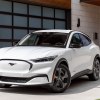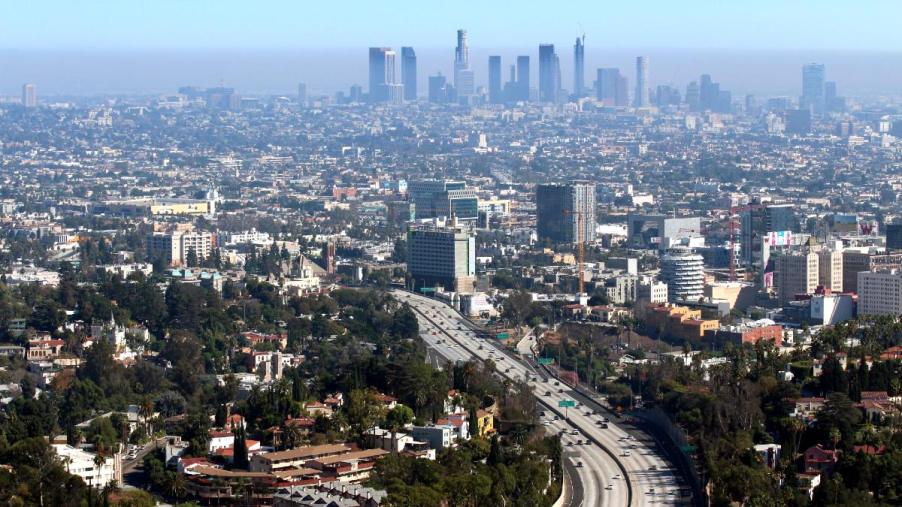
Electric Cars Are Having the Desired Impact on Air Pollution
Why should we drive electric cars? Since the first EV arrived in the market, we’ve been told these vehicles would be better for the environment. Setting aside the impact of mining minerals for EV batteries for a bit, one study has found electric cars have the desired impact on air pollution.
What impact have electric cars had on air pollution?

A research team from the Keck School of Medicine of USC conducted a study of vehicles registered in various zip codes in California between 2013 and 2019. This team includes air pollution levels, asthma-related emergency room visits, and the adoption of electric cars.
So far, this is the first real-world study linking air pollution, electric cars, and health. Until now, the positive improvement in air quality related to electric vehicles has been mostly hypothetical.
What are the findings of the study?
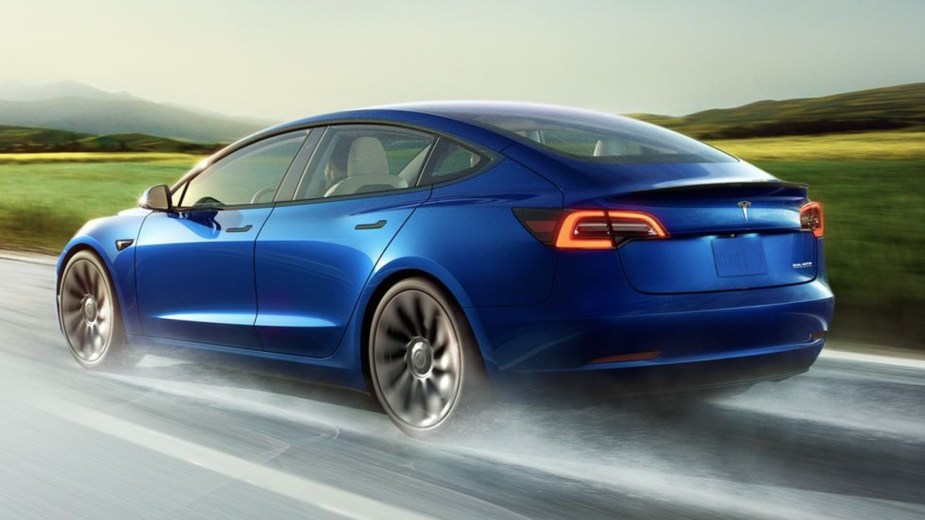
The USC research team found that adding 20 zero-emissions vehicles per 1,000 people in a zip code reduced the rate of asthma-related emergency visits by 3.2 percent. This suggests that lower levels of nitrogen dioxide, which is known to cause and exacerbate respiratory problems, can positively impact the air quality in a given area.
On average, the team found that zip codes in California showed an increase in zero-emissions vehicles from 1.4 to 14.6 per 1,000 people between 2013 and 2019.
“When we think about the actions related to climate change, often it’s on a global level, but the idea that changes being made at the local level can improve the health of your own community could be a powerful message to the public and to policymakers.” – Erika Garcia, PhD, MPH, Assistant professor of public health sciences at the Keck School of Medicine
Income levels offer a different result for the adoption of electric cars
Although more electric cars can positively impact on air pollution, the difference in income levels can be a huge factor. Researchers found that lower-income neighborhoods tend to face worse pollution than higher-income areas. This can be aided by adopting more electric vehicles, but population density may have a more powerful impact on respiratory problems in these areas than tailpipe emissions.
How can air pollution improve in underserved, low-income neighborhoods?
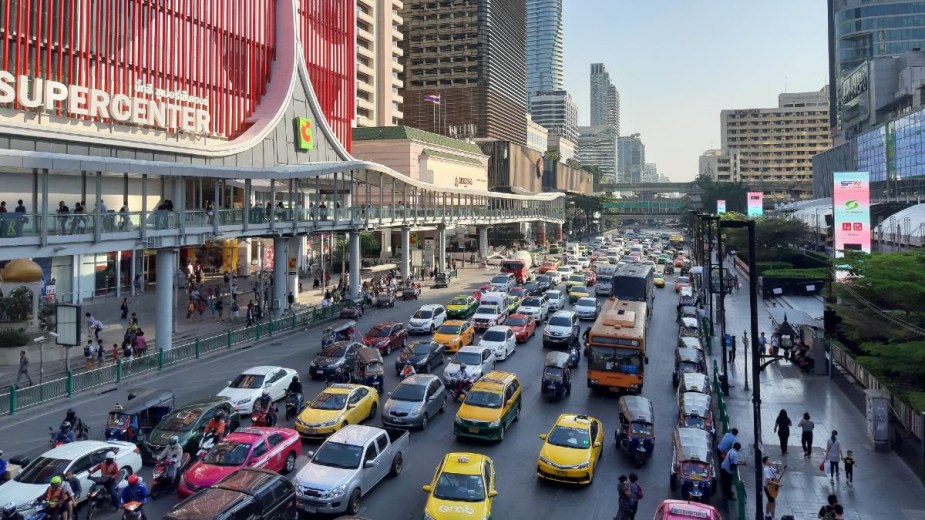
The population density of these areas heavily impacts many residents in low-income neighborhoods. Some utilize public transportation for daily travel. Mitigating traffic-related air pollution with zero-emission buses and trucks could have the desired effect in these areas. It’s not just electric cars that need to positively impact air pollution, but also public transportation vehicles and delivery trucks.
It’s a step forward, but there’s more to learn about the environmental impacts of electric cars
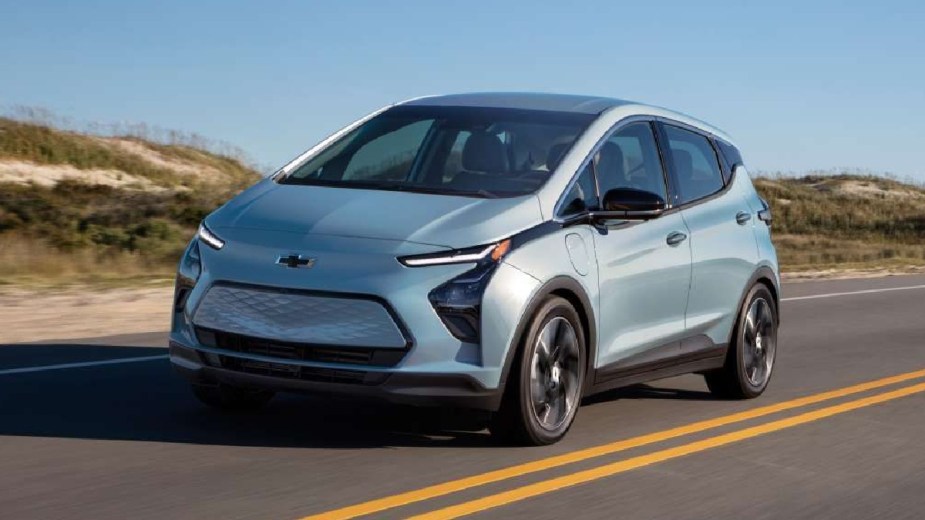
Garcia and her team admit that electric cars’ positive air pollution impact is promising, but there’s more to learn. Additional subjects can be emissions related to brake and tire wear, the mining of materials for EVs, and the disposal of old cars.
Transitioning to electric cars to positively impact air pollution is only one step forward. Walking or biking whenever possible is the best way to boost public health in many areas. This is much more feasible in large cities than in rural markets.
Next, check out the truth about electric vehicle use, or learn more about the positive impact electric cars have on air pollution in this video below:

